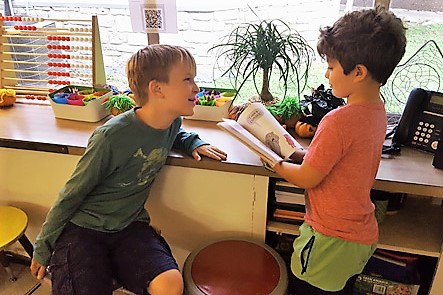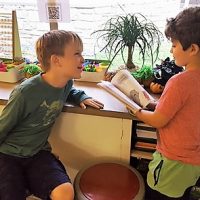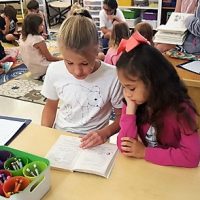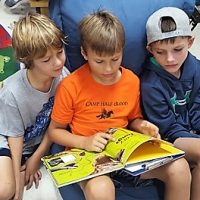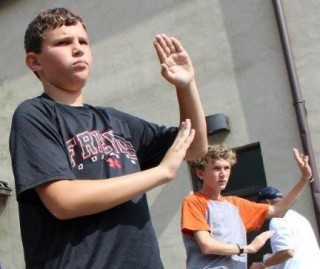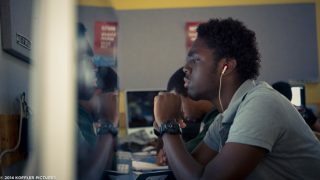Social Emotional Learning (SEL) can be hard to spot to an unfamiliar eye, but subtlety is part of its effectiveness at St. Andrew’s Episcopal School, where the SEL curriculum spans kindergarten through twelfth grade. Activities include Lower Schoolers identifying emotions during morning meeting, Middle Schoolers working with test anxiety in advisory, and Upper Schoolers joining the Mindfulness Club so they can practice once a week before classes.
Third graders are exploring a series of lessons to help them identify difficult emotions, calm their nervous systems when they’re feeling out of sorts, and cultivate positive emotions. In their “modified anchor breathing practice,” they place a hand on their stomach and focus on inhaling and exhaling. “If they notice a particular emotion coming up,” says Director of Mindfulness Adam Ortman, “they name it—maybe silently saying ‘worry,’ ‘sadness,’ or ‘anger’—and then return to the soothing feeling of their breath. They can practice this whenever they notice a charged emotion is getting the best of them.”
Peer mentorship and leadership opportunities are offered as students mature. Upper Schoolers visit Middle Schoolers to offer support about social challenges they face, and seniors help freshmen transition to life on campus with small group activities. The students appreciate the results. “It feels really good to be kind,” a sixth grader noted after a practice emphasizing positive relationships. A classmate agreed. “If I do it, I help people in real life.”
“The ability to express yourself and handle conflict in a healthy manner serves our whole community,” says SEL Director Scott Zimmerman, “and is a key component to our school mission: helping students reach their full potential. We’re raising young men and women, not just students.”
